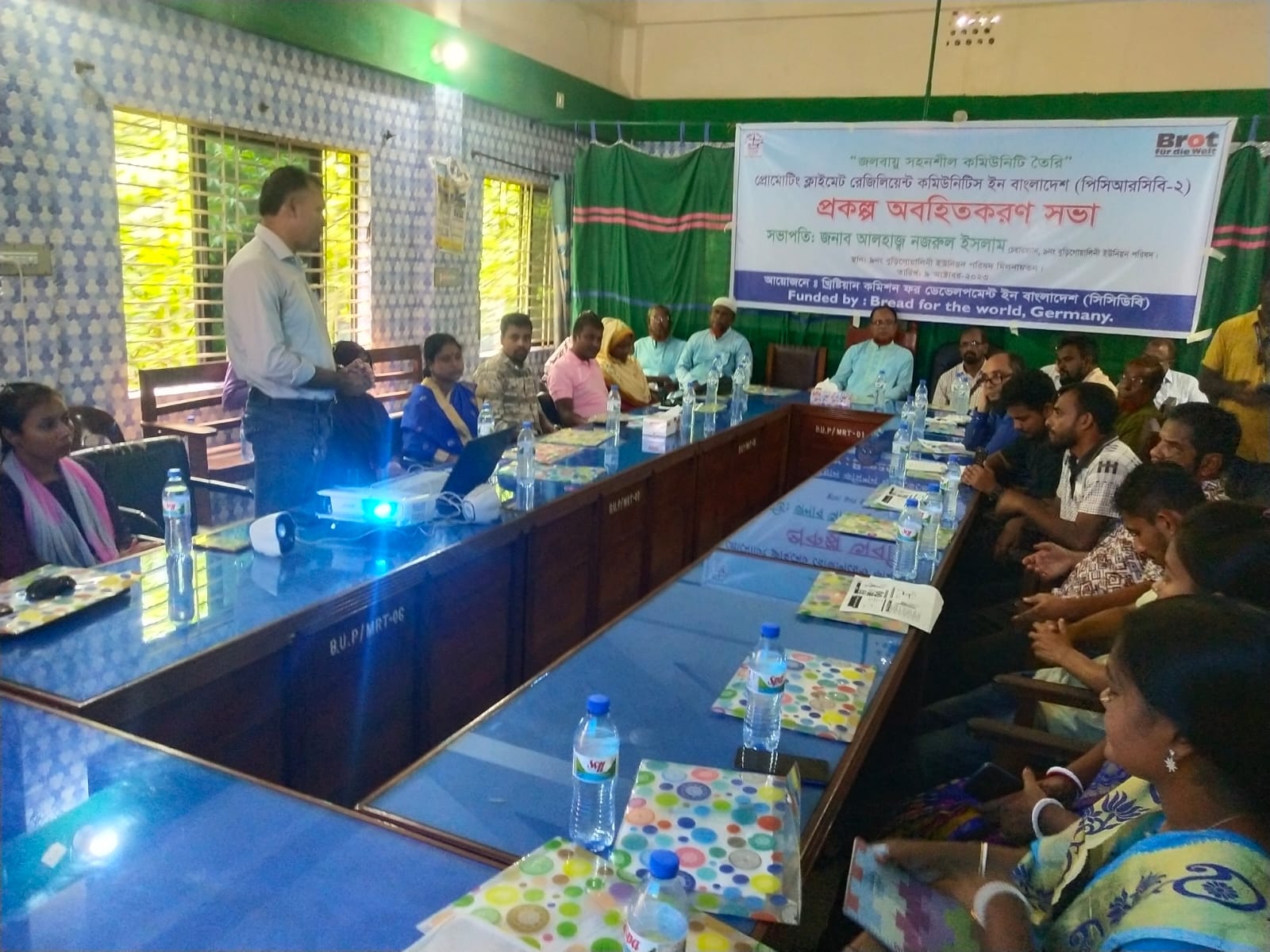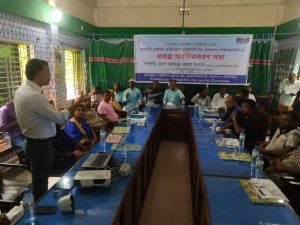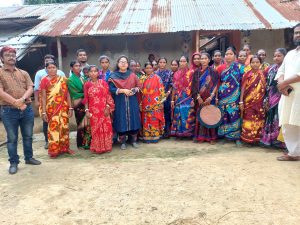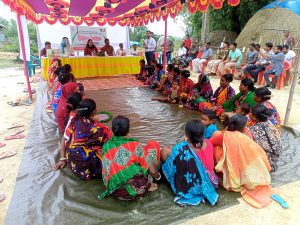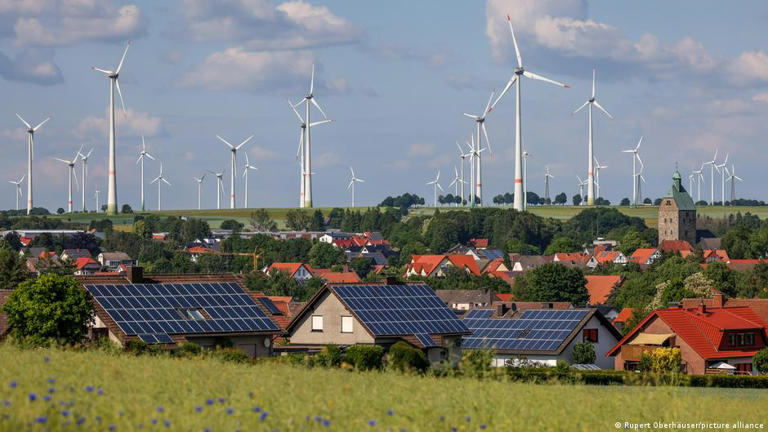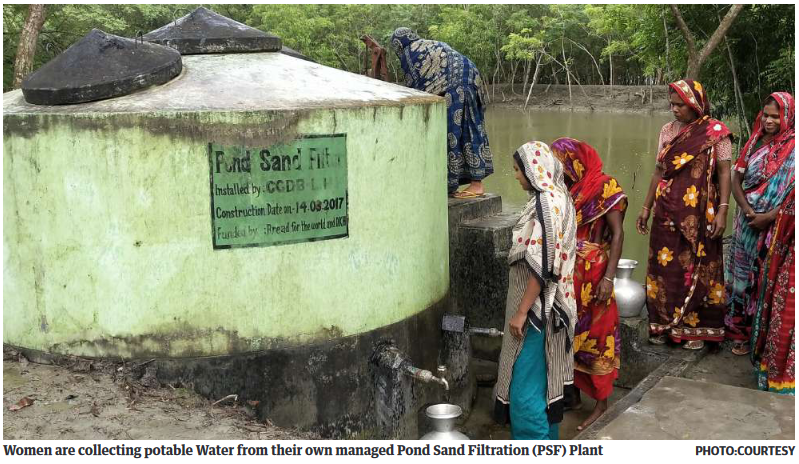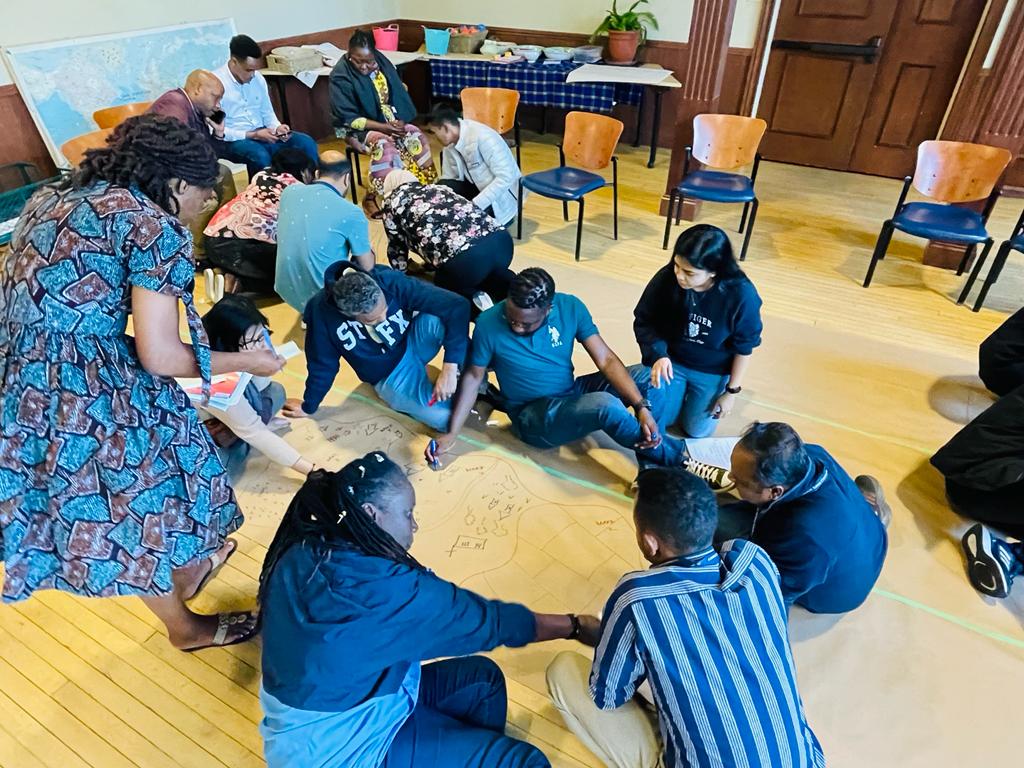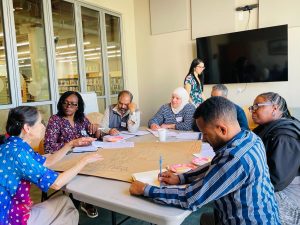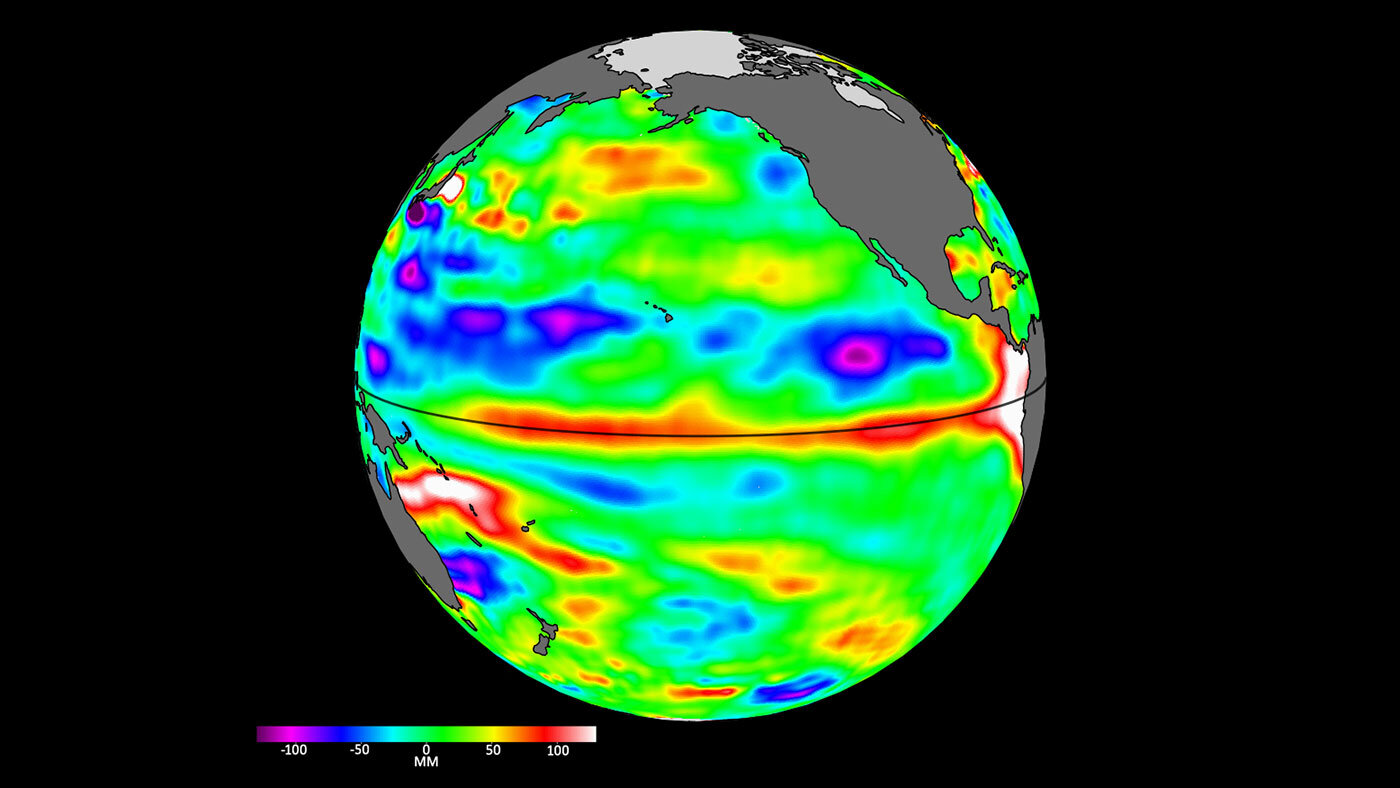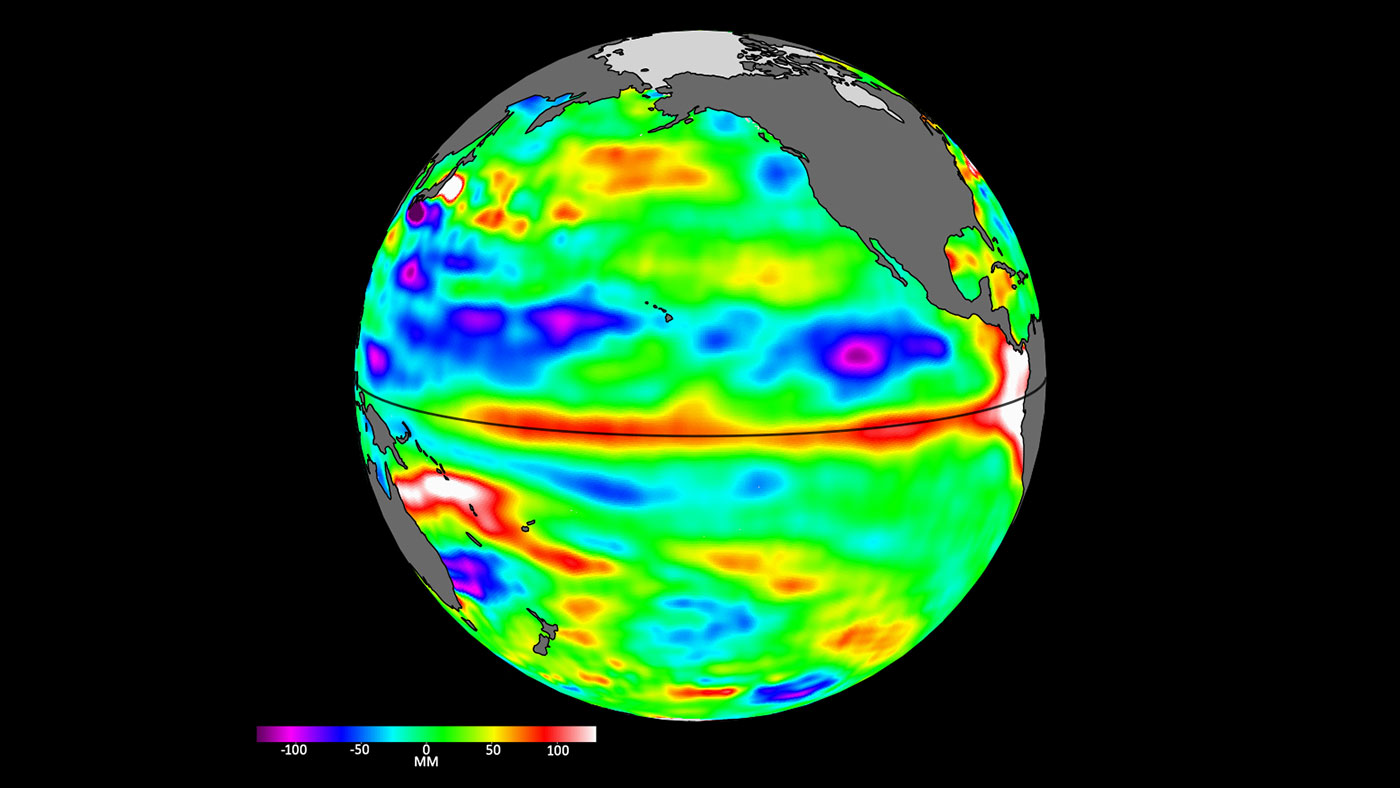CCDB observed the International Day for Disaster Reduction in its working areas. In a world where natural and man-made disasters continue to challenge communities worldwide, this day holds a special significance.
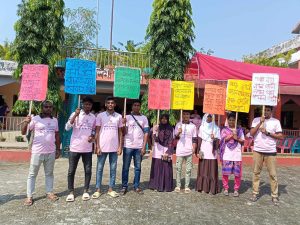
Various activities were held throughout the day in the Coastal Region of Barguna, Bagerhat, Satkhira, and Drought Region Naogaon. While observing this day, Rallies and field exercises with different firefighting techniques were arranged. CCDB also organized Painting and Quiz competitions at the School levels.
Along with the Upazila administration CCDB, the Patharghata Office jointly observed the International Disaster Mitigation Day 2023 with Rally, discussion forum and Firefighting exercises.

Mr. Md. Roknuzzaman Khan, UNO of Patharghata presided over the discussion forum and Mr. Mostafa Golam Kabir, Patharghata Upazila Parishad Chairman was present at the forum as the chief guest. Besides that, Mr Md. Bellal Hossain, Charlathimara CCRC President, Mr Subrata Mistry, Upazila Coordinator, CCDB Patharghata Office and other officials of various upazila government departments, CCRC representatives, youth representatives of CCRC, students and social representatives were present among others.

Aside from this, as a part of the celebration of this day, a painting and quiz competition was organized by Charlathimara CCRC and in collaboration with CCDB PCRCB project as part of awareness raising at school level. At the end of the competition, prizes were distributed to the winners and saplings were distributed as part of disaster awareness among all the participants.
A rally and discussion meeting was organized by the upazila administration at the Porsha Upazila Parishad premises of Naogaon district with the slogan “Fight against inequality, build a disaster-tolerant future”.
After the rally, fire service and civil defense Porsche team leader Moazzem Hossain conducted a field exercise with various fire fighting techniques. Meanwhile, the beneficiary members of the CCDB organization, students of various educational institutions, local common people witnessed the public exercise and voluntarily participated in fire fighting.
Salma Akhtar, Upazila Nirbahi Officer (UNO) of Posrsha, spoke in the discussion meeting after the exercise, she expressed her thanks and gratitude to Fire Service and Civil Defense Porsha Team, Ministry of Disaster Management and Relief and CCDB organization for successfully implementing the program. Assistant Commissioner (Land) Moniruzzaman, Project Implementation Officer Dostdar Hossain, Public Health Officer Al Amin along with various levels of CCDB officials were present in the event.
On the occasion of International Disaster Mitigation Day 2023, CCDB-Step and Build-in and PCRCB project of CCDB, CCRC Burigoalini Union Parishad and FCCP-3 of Caritas Khulna region organized various activities.
On the occasion of the said event, a colourful procession, discussion forum and painting competition were held at the school level.
In the discussion, the Chairman of Burigoalini Union Nazrul Islam said “Bangladesh is a role model in dealing with disasters, we have to be aware and be careful to deal with disasters as well as work in disaster mitigation”. At this time panel chairman Md. Abdur Rauf gave a speech about the importance and significance of the day.
Project Manager of CCDB-Step and Build-in Project SM Monowar Hossain, Upazila Coordinator of CCDB-PCRCB Project Sujan Biswas, Field Officer of FCCP-3 Project of Caritas Khulna Region Mr. Shiplu Mondal were also present in the discussion forum.
Besides this, colorful procession and discussion forum on the theme was held at Gainbari in Gabura Union by CCDB. Chairman of No. 9 Burigoalini Union, Shyamnagar, Satkhira awarded prizes to the winners of painting and swimming competition. Chairman of the Union expressed his gratitude and thanks to CCDB, CCRC, Caritas NGOs for their cooperation in celebrating International Disaster Reduction Day.
Meanwhile, in Shyamnagar Upazila, after a colourful procession, and a discussion forum was held under the chairmanship of Upazila Executive Officer (UNO) Ms. Salma Akhtar , Member of Parliament of Satkhira Mr. SM Jaglul Haider, and Chairman of Shyamnagar Upazila Parishad Mr. SM Ataul Haque Dolan, were present respectively as the Cheif Guest and Special Guest.


